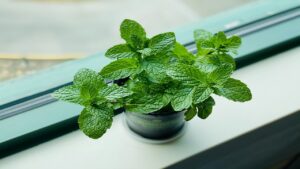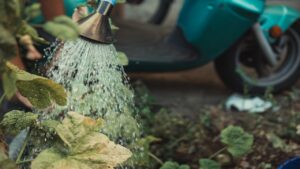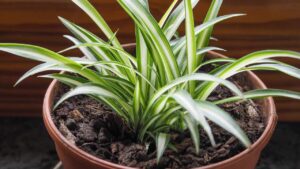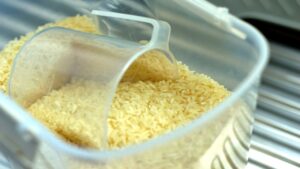Strategies for Protecting Plants from a Persistent Pest
In nature, there are different types of parasites that plants have to deal with during their growth. One such pest is Phyllocnistis citrella, commonly known as the serpentine leafminer. This parasite significantly harms crops, particularly affecting legumes and citrus fruits.
Measuring around 3 mm, Phyllocnistis citrella has an elongated, thin body with distinctive folded wings resembling a tent. The larvae of this insect are yellow in color and feed on the tissue of the leaves, especially those of citrus fruits. These insects are termed miners due to their habit of creating tunnels within the leaves.

This parasite is capable of causing damage to plants, taking away essential resources, and causing general weakening. Furthermore, the tunnels created in the leaves not only compromise the plant’s health but also serve as entry points for other parasites and diseases, leading to potential plant death. The life cycle of this pest involves adults laying eggs on the undersides of leaves.
Approximately a week after being laid, the eggs hatch, giving rise to larvae. These larvae begin to feed on the leaves, forming tunnels within. After about three weeks, the larvae undergo a transformation into pupae, ultimately maturing into adults after a resting period. The cycle repeats as the adults emerge from the pupae and lay eggs, perpetuating the life cycle of the serpentine leafminer.
How to protect plants from serpentine leafminer infestation
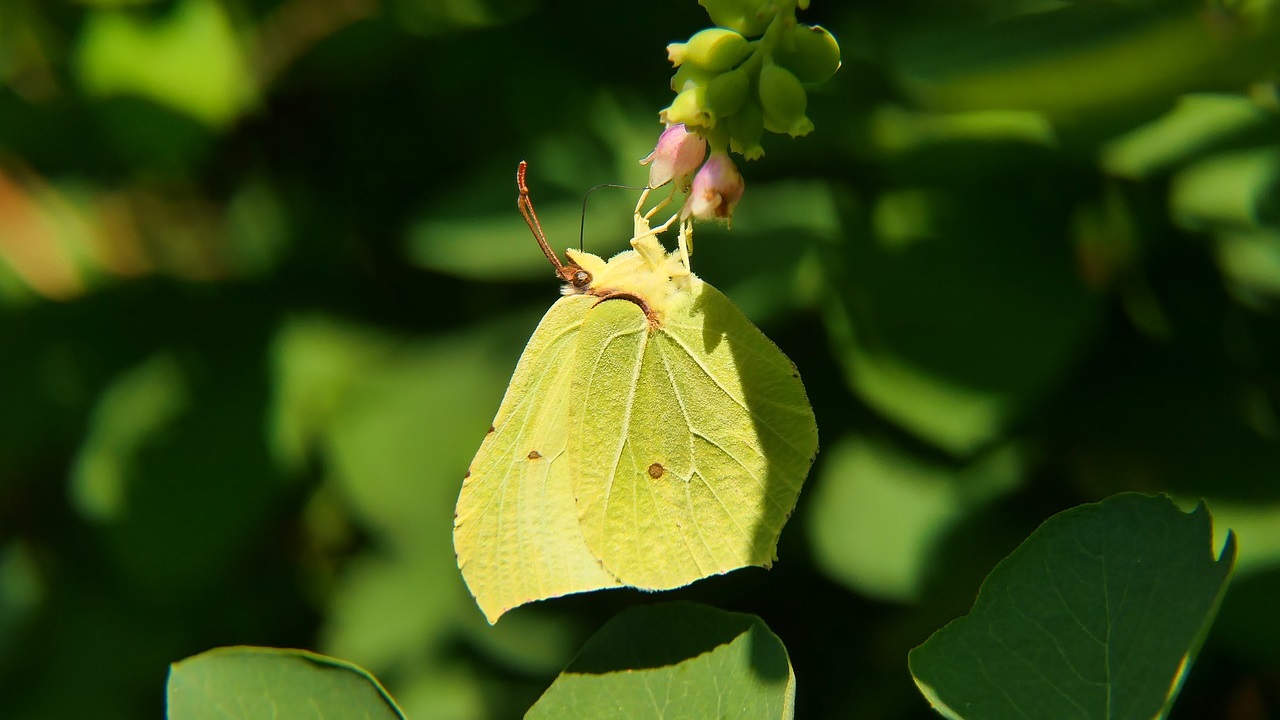
Typically, infestations of these parasites initiate in June when temperatures surpass 12 degrees. Symptoms of infestation include the appearance of silvery spots on plant leaves, resulting from the destruction of leaf tissue by the mining activity. In addition to the spots, yellowing of the leaves occurs, followed by curling and premature leaf fall, serving as additional identifiable symptoms.
To protect the plants and prevent infestations, it’s recommended to avoid excessively nitrogen-rich fertilizers and conduct early pruning. In the event of an infestation, controlling measures can involve the use of natural enemies like ladybug larvae or parasitoids, which feed on the larvae of the serpentine leafminer.
